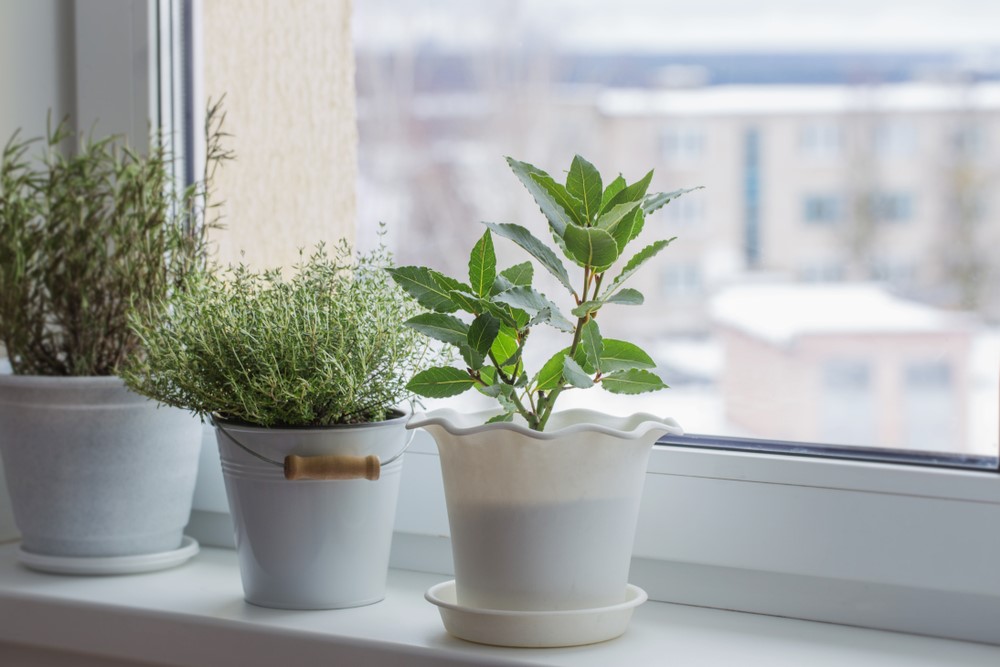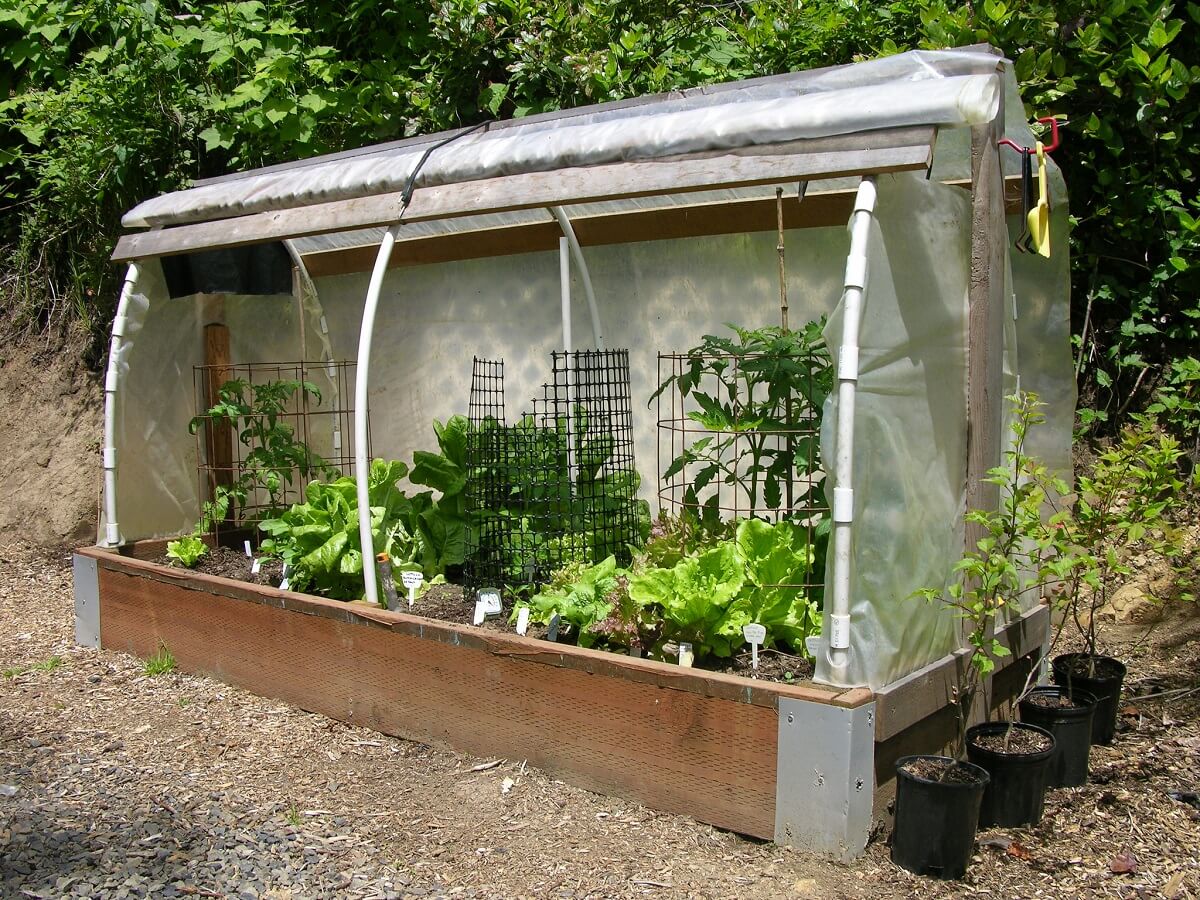How to Keep Plants Alive During Winter: A Comprehensive Guide

As the days grow shorter and the temperatures drop, many gardeners find themselves asking, "How can I keep my plants alive during winter?" Winter can be a challenging time for plants, but with the right care and preparation, your green friends can thrive even in the coldest months. This guide will walk you through everything you need to know about plant care in winter, from protecting plants from frost to indoor plant care. So, grab your gardening gloves and let's dive in!
Understanding Winter's Impact on Plants
Winter brings with it a unique set of challenges for plants. The cold temperatures, reduced sunlight, and harsh winds can stress plants, making it difficult for them to survive. Understanding these challenges is the first step in winter gardening.
The Big Chill: How Cold Affects Plants
Cold temperatures can cause plants to freeze, leading to cell damage and even death. Different plants have varying levels of cold tolerance. For instance, cold-hardy plants like pansies and violas can withstand freezing temperatures, while tropical plants like hibiscus and bougainvillea prefer warmer climates.
The Dark Days: How Reduced Sunlight Affects Plants
The shorter days of winter mean less sunlight for your plants. This can slow down photosynthesis, the process by which plants convert light into energy. As a result, plants may grow slower or become dormant.
The Harsh Winds: How Winter Weather Affects Plants
Winter winds can be particularly damaging to plants. They can cause dehydration, break branches, and even uproot plants. It's like being in a wind tunnel without any protection – not a pleasant experience for your plants!
Preparing Your Garden for Winter
Preparation is key when it comes to winter gardening. Here are some steps you can take to prepare your garden for the cold months ahead.
Choose the Right Plants
One of the best ways to ensure your garden survives the winter is to choose cold-hardy plants. These plants are naturally adapted to survive cold temperatures. The United States Department of Agriculture (USDA) has a Plant Hardiness Zone Map that can help you determine which plants are suitable for your area.
Mulch Your Garden
Mulching is a great way to protect your plants from frost. A layer of organic mulch, such as straw or wood chips, can insulate the soil and help retain moisture. Think of it as a cozy blanket for your plants.
Water Wisely
While it's important to keep your plants hydrated, overwatering can be detrimental in the winter. Too much water can freeze and damage plant roots. A good rule of thumb is to water your plants deeply but less frequently.
Protecting Plants from Frost
Frost can be a killer for many plants, but there are ways to protect your green friends from the icy menace.
Cover Your Plants
One of the simplest ways to protect plants from frost is to cover them. You can use a variety of materials, from burlap to old sheets. Just make sure the material is breathable and doesn't touch the plant foliage, as this can cause damage.
Use Cloches or Row Covers
Cloches and row covers are like mini greenhouses that can protect your plants from frost. They work by trapping heat and creating a microclimate around your plants.
Bring Potted Plants Indoors
If you have potted plants, consider bringing them indoors during the winter. This is especially important for tropical plants that can't tolerate cold temperatures.

Indoor Plant Care in Winter
Indoor plants aren't immune to the effects of winter. Here are some tips for indoor plant care during the colder months.
Provide Adequate Light
Even indoors, plants need light to survive. Make sure your indoor plants are getting enough light, especially during the darker winter months. You may need to move your plants closer to a window or supplement with artificial light.
Maintain Consistent Temperatures
Indoor plants prefer consistent temperatures. Try to keep your home between 65-75°F (18-24°C) during the day and about 10°F (6°C) cooler at night. Also, keep your plants away from drafty areas and heating vents.
Adjust Watering and Fertilizing
Indoor plants grow slower in the winter, so they need less water and fertilizer. Overwatering can lead to root rot, so make sure to let the soil dry out between waterings. As for fertilizing, you can cut back or even stop during the winter months.
Winter Care for Different Plant Types
Different plants have different needs, especially when it comes to winter care. Here's a quick guide to caring for different types of plants during the winter.
Caring for Perennials
Perennials are plants that live for more than two years. Many perennials are cold-hardy and can survive the winter with a little care. Make sure to cut back dead foliage and apply a layer of mulch to protect the roots.
Caring for Annuals
Annuals are plants that complete their life cycle in one growing season. Most annuals can't survive the winter and will need to be replanted in the spring. However, some annuals, like pansies, can survive the winter in milder climates.
Caring for Tropical Plants
Tropical plants prefer warm temperatures and can't tolerate cold. If you have tropical plants, you'll need to bring them indoors during the winter. Make sure to provide plenty of light and maintain consistent temperatures.

Conclusion: Embrace the Season
Winter gardening may seem daunting, but with the right knowledge and preparation, you can keep your plants alive and thriving during the coldest months. Remember, it's all about understanding your plants' needs and providing the right care. So, don't be afraid to embrace the season and enjoy the unique challenges and rewards of winter gardening.
Happy gardening!
FAQs
Q: Can all plants survive the winter? A: No, not all plants can survive the winter. Some plants, like tropical plants, can't tolerate cold temperatures and will need to be brought indoors. Other plants, like cold-hardy perennials, can survive the winter with the right care.
Q: Should I water my plants less in the winter? A: Yes, you should water your plants less in the winter. Both indoor and outdoor plants grow slower in the winter and need less water. Overwatering can lead to root rot, so make sure to let the soil dry out between waterings.
Q: How can I protect my potted plants from frost? A: You can protect your potted plants from frost by bringing them indoors or placing them in a sheltered area, like a garage or porch. If you can't bring your plants indoors, try covering them with a breathable material, like burlap or an old sheet.
Q: Why are my indoor plants dropping leaves in the winter? A: Indoor plants may drop leaves in the winter due to a lack of light or inconsistent temperatures. Make sure your plants are getting enough light and keep your home at a consistent temperature.
Q: What should I do if my plants get frost damage? A: If your plants get frost damage, don't prune the damaged foliage right away. The damaged leaves can help protect the rest of the plant. Wait until the danger of frost has passed, then prune the damaged foliage.
External Resources:
0 Response to "How to Keep Plants Alive During Winter: A Comprehensive Guide"
Post a Comment